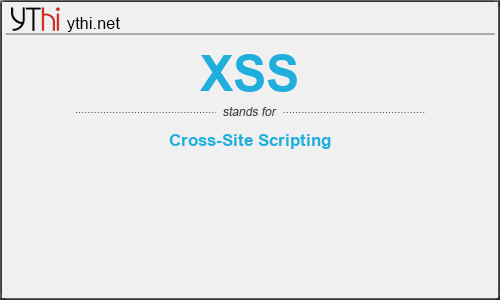What does XSS mean? What is the full form of XSS?
The Full Form of XSS is Cross-Site Scripting.
Cross-site scripting (XSS) is a type of security vulnerability typically found in web applications. XSS attacks enable attackers to inject client-side scripts into web pages viewed by other users. A cross-site scripting vulnerability may be used by attackers to bypass access controls such as the same-origin policy. Cross-site scripting carried out on websites accounted for roughly 84% of all security vulnerabilities documented by Symantec up until 2007.[1] XSS effects vary in range from petty nuisance to significant security risk, depending on the sensitivity of the data handled by the vulnerable site and the nature of any security mitigation implemented by the site’s owner network.
Cross-site scripting (XSS) refers to the type of cyberattacks in which malicious scripts are being injected into otherwise credible and trusted websites.
Cross-site scripting attacks are possible in HTML, Flash, ActiveX, and CSS. However, JavaScript is the most common target of cybercriminals because it’s fundamental to the most browsing experiences.
JavaScript is a programming language that allows you to implement complex features on your website. Most websites on the web that are big and interactive were built with JavaScript. “You can develop on-site interactive features, games, or add extra functionality to better market your products,” per Domantas Gudeliauskas a Marketing Manager for the Zyro project.
JavaScript is so popular among the web community because it lets you do virtually anything on a webpage. And that’s when it becomes problematic. Cybercriminals can use JavaScript to log into the back of your web pages and insert malicious scripts.
There are two ways cybercriminals perform XSS attacks on WordPress websites. They can either exploit user input or bypass the same-origin policies. Let’s take a look at both methods to further understand cross-site scripting.
XSS
means
Cross-Site Scripting![]()
Translate Cross-Site Scripting to other language.


Leave a Reply
You must be logged in to post a comment.